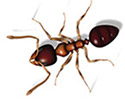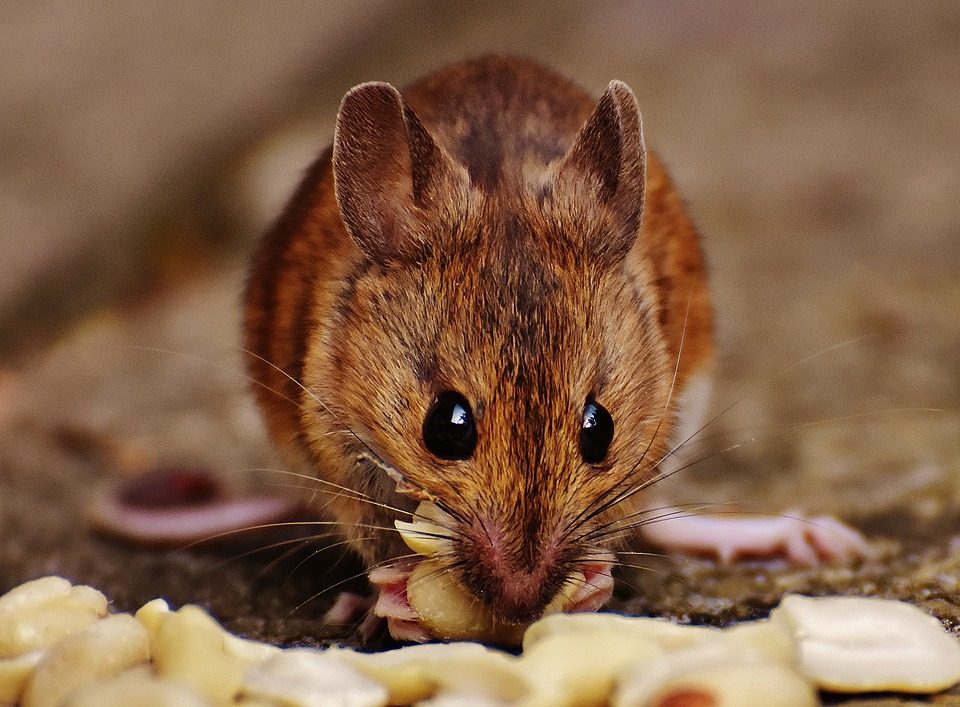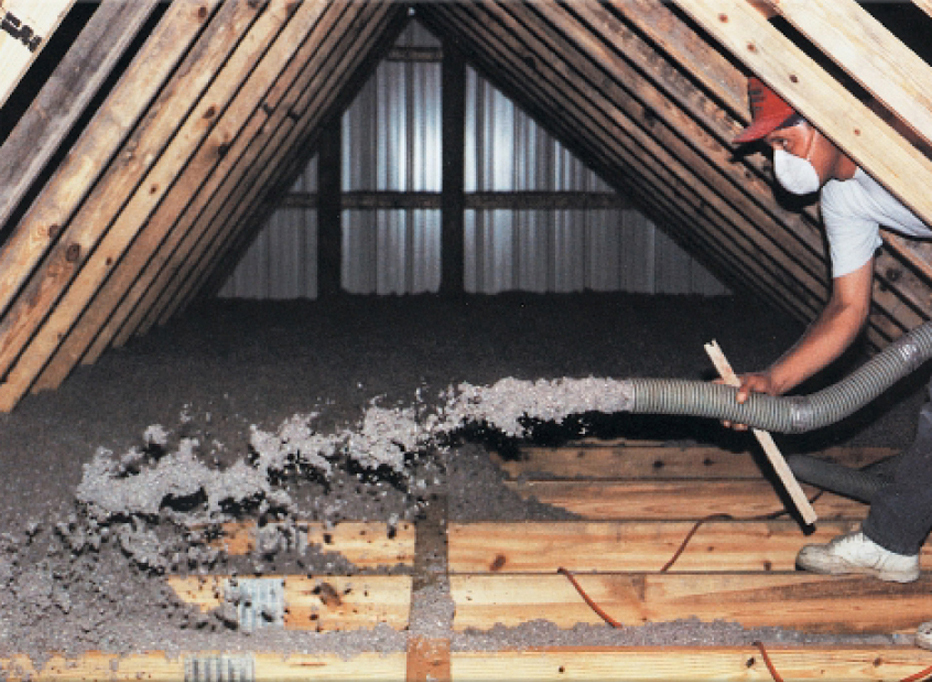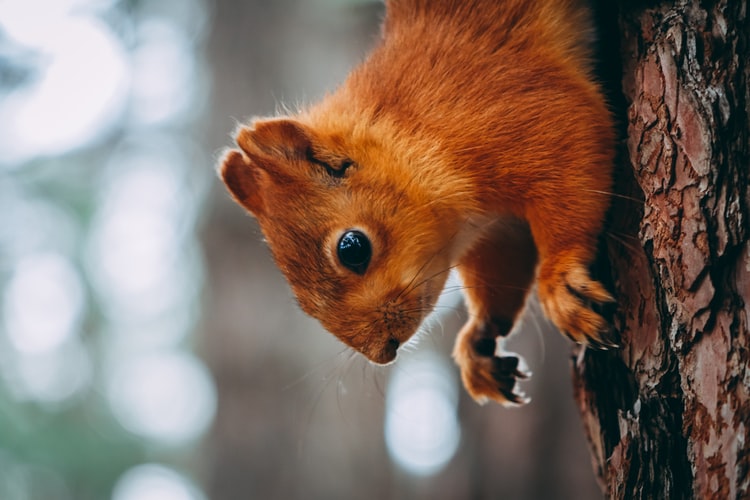
Prevent Termites from Destroying your Home by Installing Sentricon® System
December 11, 2018
How Do Termites Get in Your Home?
February 8, 2019Ticks might seem small, but serious diseases lurk within these small insects, posing grave dangers to your health. Ticks thrive in warmer climates and are more prevalent between May and July. At a time when most people are thinking of sunshine, swimming, and backyard barbecues, the danger of ticks thriving in your backyard becomes more prominent.
Although an infestation of ticks does not pose a direct threat to the health of your lawn, it does raise a threat to the potential health of your family, friends, and pets who want to enjoy summer in your backyard. They hide in lawns and cause health problems like aches and pains, skin irritation, rashes, and even diseases like Lyme disease.
The first symptoms of Lyme disease, which manifest within one or two weeks after a bite, include:
- Headaches
- Reddish rash
- Flu-like symptoms and achiness
- Swollen lymph glands
Lyme disease can continue to get worse, if left untreated, and can lead to joint pain and inflammation, fatigue, neurological symptoms, heart problems, and concentration problems. The symptoms can start days after the infection spreads and can sometimes last for years.
Ticks do not jump or fly. They stick to tall grasses, and latch onto people or animals who brush against them. Advanced services pest control can control the infestation and protect your family.
With the Advanced Services Pest Control technicians by your side, you can rest assured that your yard will remain tick free. A professional team understands how tick works and what methods need to be implemented to keep them away from your yard and your family. With proven techniques and environmentally-friendly methods, you can be sure that your home will be safe during this summer.






